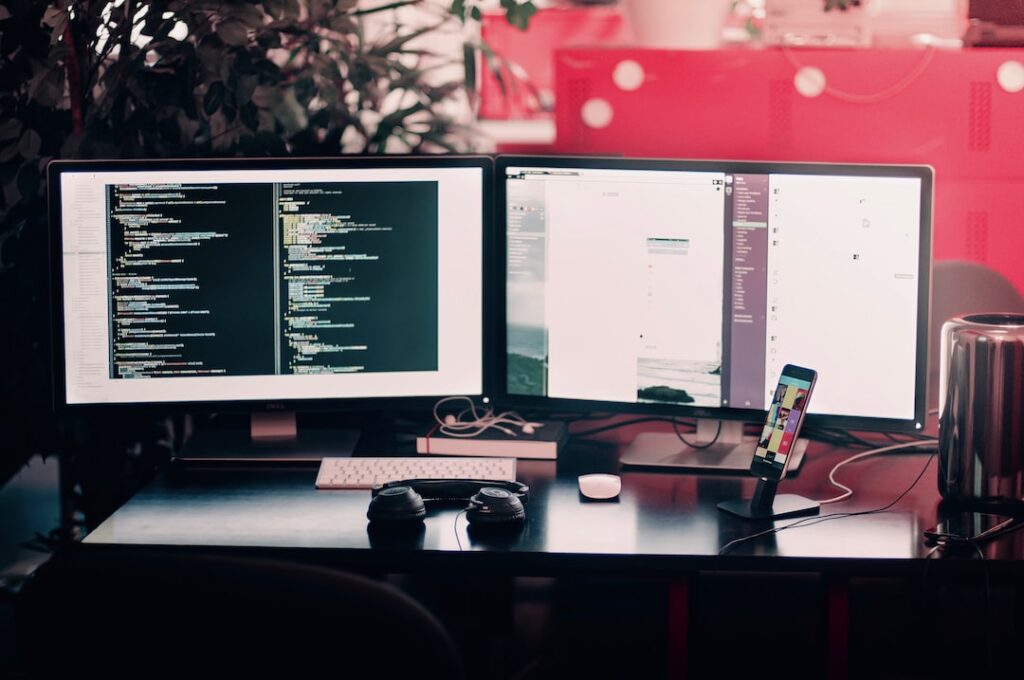It is frustrating when your website is slow. We have had this struggle. We thought we did everything in order to fix our slow website, but it wasn’t until we took one step back and looked at the big picture that made a difference.
Trust me, We’ve been there. That’s why we’ve put together this guide to help you make your WordPress site faster. When you’re managing your website, there are many factors to consider—plugins, hosting, images and Javascript—so we will cover all of these areas in detail and give you some tips… Let’s fix your WordPress website so that it’s fast today! Ready? Let’s go!
1. Keep Pages Under 3MB.
What does that mean?
The more content you have on each page of your website, the longer it takes to load. Depending on the hosting company, your website’s speed can vary. If your website is hosted on Hostpyters or namehero, then it will load faster by default because of the server specifications.
Let’s go back to the main point. Keep images on your WordPress Website around 100-50KB in size or under. No image on your website should be more than 200KB.
So remember, your total page size should be under 3MB in order to ensure a website with good load times.
2. Image Optimization
Do not add random images to your website. Make sure they are well sized under 100KB.
This is the most common mistake when designing a WordPress website for beginners. Adding random images from Google will make your website slow, so don’t do it!
Instead, optimize every image on your website to prevent your website from loading slow.
- Ensure your images are under 100-50KB to ensure faster load times.
- PNG files are larger than JPEGs, which makes them slower to load, so try to avoid using them on your website..
- TinyJPG is a tool that can reduce the size of your PNG file by up to 90%. You can reduce your PNG by 600KB by simply uploading your image to TinyJPG.
If you need help with image optimization on your personal images, I would recommend going to fiverr and asking someone if they can further optimize images for you. We have designers that can reduce the image sizes as much as possible without losing quality.
4. The 10 Plugin Rule
Lets keep this simple, adding too many plugins to your WordPress website will slow it down.
If your website is on shared hosting, you should stay under 10 plugins. Quite frankly, if you are adding too many plugins your site will have more problems than it will solve.
Think of your website like a car and plugins are weights. The more weights you have on the car, the slower the car will run. This is the same example with WordPress plugins.
Security plugins for WordPress will slow your website down. I have seen security plugins overload servers and just put too much strain on them. You should avoid using security plugins, because they can damage your server or site.
5. Add A Caching Plugin
What does a caching plugin actually do?
A caching plugin creates a replicated version of your website when someone visits it, meaning the server doesn’t have to process the heavier PHP scripts.
We use wp-rocket on this website. It not only helps cache my website, but minimizes CSS and Java. It also offers lazy load to help reduce the strain on my server.
Help your website relax and get a caching plugin.
6. Reduce Java + CSS
Why reduce javascript and css on my website?
The biggest mistake a beginner can make is adding flashy animations to their website. Experts know that flashy animations will slow down the loading time of your WordPress site.
Using too much JavaScript and CSS on a website results in slower load times. When a user visits a web page, the browser performs several requests to load images, JavaScript, and CSS. Since there are so many requests, it can take longer for the page to load.
So remember, the more flashy your website, the slower it may become!
7. Reduce Requests
What does a server request mean?
An HTTP request is when a web browser sends a “request” to your wordpress website’s server in order to get information on what is on your website. When a user visits a page on your website, your server needs this request and returns the files contained on that page to the user’s browser. The fewer HTTP requests a website has to make, the faster the site can load.
What triggers HTTP Requests?
- Plugins will cause HTTP requests.
- Too many images
- Too much javascript
By adding these small practices to your website, you will be able to make your website load faster.
8. Use A CDN
First, What is a CDN?
A content delivery network (CDN) is a variety of distributed servers all around the world that stores files accessed by website visitors. Basically, a CDN creates ”replicated versions” of your website and spreads them all over the world to other servers. As a result, users from around the globe do not have to access your specific server but servers located closer to your visitors reducing the physical distance it takes them to reach for your server.
To be honest, a CDN won’t help your website speed too much if your users are local. A CDN is more specially for websites that have a global reach like a large blog or large ecommerce website.
Try to identify why your website is slow.
It can be frustrating when your WordPress website is slow and you do not know why. Most beginners getting started out with making websites quickly blame the server they are using, but when in fact slow websites are due to poor image optimization or having too many plugins. If you are still having problems with your website, contact us and We’ll be happy to help improve its speed.


